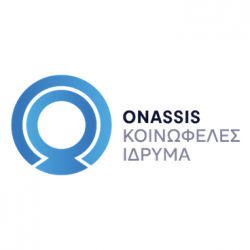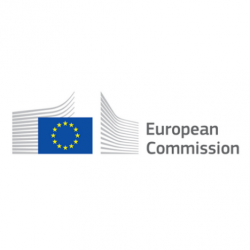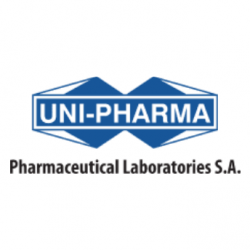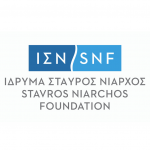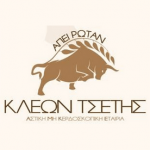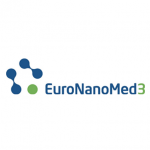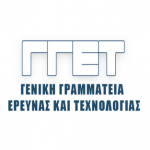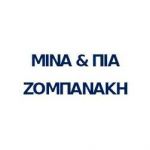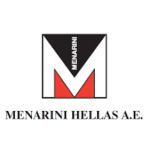Equipment-Techniques
In vivo animal models of disease
Wistar rats are used as experimental models for the investigation of the (patho)physiological mechanisms and for the preclinical evaluation of the effects of various agents in acute and chronic inflammation: Experimental conjunctivitis 8 (acute topical inflammation) is induced by applying the histamine liberator C48/80 into the lower conjunctival fornix, thus causing non-immunological mast cell degranulation9. The early and/or late phase reaction is evaluated by determining biochemical and histological parameters in the isolated conjunctiva following sacrifice of the animal at various time points after challenge・Experimental arthritis10 (chronic systemic inflammation) is induced by the intradermal administration of complete Freund's adjuvant (CFA) at the base of tail. After 21 days the appropriate biochemical and histological parameters are determined in blood samples and in tissue homogenates.
Primary tissue and immune cell cultures
Tissue cultures of the conjunctiva are used to determine the released inflammatory mediators in the culture medium in response to various stimuli・Ex vivo lymphocyte activation11 is evaluated following stimulation with phytohemagglutinin (PHA) of cultured human peripheral blood lymphocytes.
Yeast cultures
The unicellular eukaryote Saccharomyces cerevisiae is used as experimental model12 for the study of the adaptive and protective cellular stress response and for the elicidation of the effects of chemicals, drugs and environmental stimuli in normal or/and modified conditions including aging. The available facilities comprise yeast culture room, media preparation, sterilization, storage, aseptic transfer and observation areas. The laboratory is equipped with autoclaves, hot air ovens and membrane filtration apparatus for sterilization, vertical and horizontal laminar flow chambers for aseptic transfers and for inoculation of microbes, drying oven, controlled microbiological incubators and shaking water baths for yeast and bacteria cultures, cell staining equipment and microscopes (Οlympus ΒΗ Japan with camera).
Biochemical assays & related infrastructure
Various parameters are determined in human biological fluids (saliva, tears, peripheral blood, serum, plasma), culture media and primary immune cell cultures (lymphocytes, mast cells) and tissue homogenates (conjunctiva, hypothalamus, optic nerve, cartilage, blood vessels, whole blood). In addition to the strandard laboratory equipment, the following instruments are available: Microplate Reader (SpectraMax PLUS 384, Molecular Devices, Sunnyvale, CA, USA) with monochromator wavelength selection (190-1000nm), supporting both standard spectrophotometer and microplate reader assays, including cell viability, proliferation, cytotoxicity, ELISA based assays, immunoassays, etc. Used for cytokine, glycogen, glucose and trehalose determination・Spectrophotofluorometer (Aminco Bowman, American Instrument Co, Maryland, USA) with monochromator, used to quantify histamine13 and NO14 in biological samples・Spectrophotometer (Spectro 23RS, Labomed, CA USA) with continuous wavelength 320-1100nm, able to analyze and record four sample results ・Fully automated analyser Phadia 250 (Thermo Fisher Scientific Inc, Uppsala, Sweden) for allergy and autoimmunity testing. The allergen panel detects sensitization to 650 allergens and 90 allergen components.


